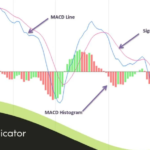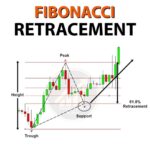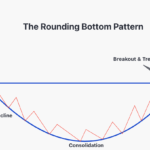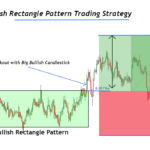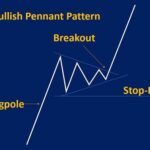Trailing Stop Orders
What Are Trailing Stop Orders?
A trailing stop order is a type of stop-loss order that automatically adjusts its stop price at a fixed percentage or dollar amount below (for long positions) or above (for short positions) the market price of a stock. The trailing feature allows the stop price to “trail” the market price as the stock moves in a favorable direction while staying fixed if the price moves against you. This helps traders lock in gains while still giving the stock room to grow without having to constantly adjust their stop-loss levels manually.
For example, if you set a 5% trailing stop on a stock you own, the stop price will follow the stock’s price upwards, staying 5% below the current price. If the stock price declines by 5% from its high point, your stop order is triggered, and the stock is sold, protecting you from further losses. If the stock continues to rise, the trailing stop will adjust upward accordingly, but it will not move down if the stock price falls.
How to Use Trailing Stop Orders
To use a trailing stop order, first determine the trailing amount, which can be a percentage or a fixed dollar value. This amount represents how far below the market price (for long positions) or above the market price (for short positions) the stop price will be set. The trailing stop can be set when entering a trade or after the position has been established.
Once the trailing stop order is in place, the stop price adjusts automatically with market movements in your favor. If you’re in a long position and the stock price rises, the trailing stop price rises accordingly. If the stock price begins to fall and reaches the stop price, the order will be triggered, and your shares will be sold.
It’s important to note that a trailing stop order becomes a market order once it is triggered. That means the stock will be sold at the next available price, which may be slightly different from the stop price due to market fluctuations or gaps.
When to Use Trailing Stop Orders
Trailing stop orders are particularly useful in volatile markets or when you’re trading stocks with significant price swings. They allow you to ride the upward momentum of a stock while protecting against sharp downturns without needing constant monitoring of the stock. For swing traders, trailing stops help maximize gains while automatically exiting positions before significant reversals occur.
Another ideal scenario for using trailing stops is when you’re aiming to lock in profits from a winning position. By setting a trailing stop, you ensure that if the stock continues to rise, your stop price will move up accordingly, locking in profits along the way. On the other hand, if the stock begins to fall, the trailing stop can help you exit the position with minimal loss or with a portion of your gains secured.
In summary, trailing stop orders are an effective risk management tool that helps traders capture profits during upward trends while minimizing losses during market reversals. They are best used in dynamic markets or when you want to let your winners run while keeping downside risk under control.


